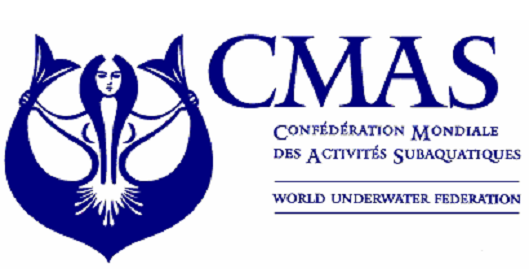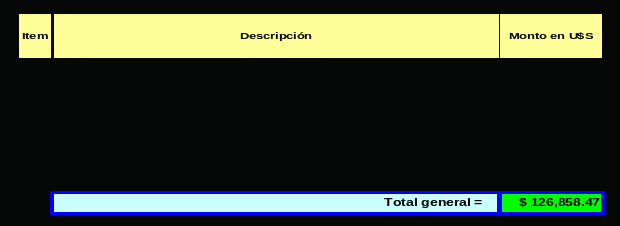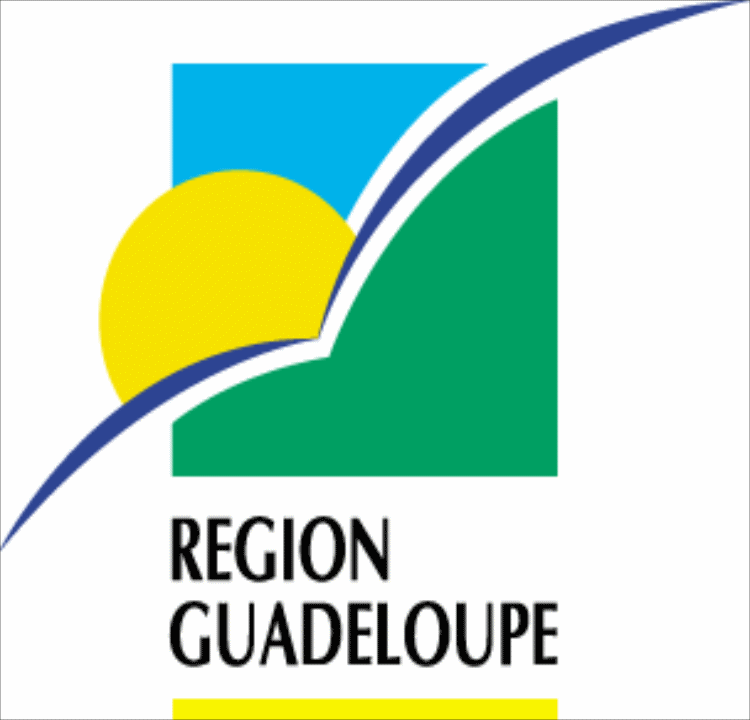fate, freedom and prophecy in harry potter starter think about the following questions: 1. what is ‘fate’? 2.
Fate, Freedom and Prophecy in Harry Potter
Starter
Think about the following questions:
1.
What is ‘fate’?
2.
Do we have total freedom in how we act?
Those who believe in fate usually believe that whatever actions they
perform, the ultimate outcome of their life will still be the same, as
it has been determined by some cosmic power or perhaps by God. So, for
example, although I may have free will in my choice of breakfast
cereal, I may not have free will in whom I will marry, or how I will
die.
A good way to illustrate the idea of fate is through a story called
The Appointment in Samarra, retold by W. Somerset Maugham in 1933.
The speaker is Death
There was a merchant in Bagdad who sent his servant to market to buy
provisions and in a little while the servant came back, white and
trembling, and said ‘Master, just now when I was in the marketplace I
was jostled by a woman in the crowd and when I turned I saw it was
Death that jostled me. She looked at me and made a threatening
gesture; now, lend me your horse, and I will ride away from this city
and avoid my fate. I will go to Samarra and there Death will not find
me.’ The merchant lent him his horse, and the servant mounted it, and
he dug his spurs in its flanks and as fast as the horse could gallop
he went. Then the merchant went down to the marketplace and he saw me
standing in the crowd and he came to me and said ‘Why did you make a
threating gesture to my servant when you saw him this morning?’ ‘That
was not a threatening gesture,’ I said, ‘it was only a start of
surprise. I was astonished to see him in Bagdad, for I had an
appointment with him tonight in Samarra.’
Activity One
1.
What is this story trying to illustrate about fate?
2.
What is this story trying to illustrate about free choice and
action?
In Harry Potter and the Order of the Phoenix, Harry retrieves a
prophecy made to Albus Dumbledore by Sybill Trelawney. In both the
book and the film, the prophecy is destroyed during a battle, but
Dumbledore tells Harry its full contents.
‘The one with the power to vanquish the Dark Lord approaches ... born
to those who have thrice defied him, born as the seventh month dies
... and the Dark Lord will mark him as his equal, but he will have
power the Dark Lord knows not ... and either must die at the hand of
the other for neither can live while the other survives ... the one
with the power to vanquish the Dark Lord will be born as the seventh
month dies ...’
The prophecy states that a male, born at the end of July in 1980,
would be capable of defeating the Dark Lord. His parents had defied
Voldemort three times and lived to tell about it, and he would have a
power that Voldemort was unable or unwilling to understand. If more
than one person was born that matched these criteria, Voldemort
himself would choose to whom it would ultimately refer.
There are two boys who would fulfil these criteria, Harry Potter and
Neville Longbottom. Voldemort decides that it is Harry who is the
threat. He then attempts to kill Harry, and it is then that his mother
Lily gives her life for her son, giving him protection through her
sacrifice and love. Voldemort is reduced to a mere fragment of his
soul, bodiless and (for now) powerless.
Prophecies are generally thought of as being statements of the future,
an insight into what will happen. But in the Harry Potter series
Dumbledore explains to Harry that they are predictions only, and we
still have free will in how we act. No prophecy has to be fulfilled,
and ultimately it is our choices that determine the course of our
lives. A prophecy that ‘makes itself true’ is known as a
self-fulfilling prophecy. Voldemort heard part of the prediction,
acted on it, and in the end made it true by his own actions.
Dumbledore tells Harry:
‘Harry, never forget that what the prophecy says is only significant
because Voldemort made it so. Voldemort singled you out as the person
who would be most dangerous to him … and in doing so he made you the
person who would be most dangerous to him.’
Activity Two
How does the idea of prophecy in Harry Potter differ from the idea of
fate in the story The Appointment in Samarra?
1.
How much choice do you think Voldemort had in how he acted and how
his life turned out?
2.
How much choice do you think Harry had in how he acted and how his
life turned out?
Philosophical Application:
The philosopher Sartre claimed that there is no such thing as fate, or
any ‘divine plan’ to our lives. We only define ourselves through
action, the choices we make. We have total and utter freedom in these
choices. A coward is not born cowardly; he makes himself so through
action.
Do you agree?
Ideas for further lessons
The following discussions would work well in a follow-up lesson, and
take a more sociological approach.
As stated, prophecy that ‘makes itself become true’ is known as a
self-fulfilling prophecy. One application of this is known as
‘labelling theory’. If someone is ‘labelled’ by others as being a
certain sort of person they may end up fulfilling that prediction.
Activity One
1.
Think about some of the labels that people may apply to others.
Here are a few to start you off, you should try to add to the
list:
*
‘Lazy’
*
‘High achiever’
*
‘Troublemaker’
2.
How might each of these predictions affect the behaviour and life
of the people involved?
3.
How much choice do you think people have to prove these
predictions wrong?
Activity Two
What factors could be said to determine our lives? Think about
biology, genetics, social conditions and so on.
Students could look at the following scenarios and discuss how much
freedom of choice each person has.
*
Bob has a naturally aggressive nature. He is constantly getting
into fights, and cannot control his temper. It is not his fault.
*
Sarah comes from a broken home, and this has made her unable to
form stable relationships in her adult life.
*
Tom believes that God has a plan for his life. He is destined to
become a missionary in Africa.
*
Katy has a compulsive and addictive personality. She was always
going to end up a drug addict.
Author: Sally Latham | Location: www.p4c.com
 CÓDIGO SFPRY2017126 VERSIÓN 1 TRAS ACUERDO INICIO FIRMADO FECHA
CÓDIGO SFPRY2017126 VERSIÓN 1 TRAS ACUERDO INICIO FIRMADO FECHA SÖMNENKÄT NAMN DATUM INSTRUKTIONER I DENNA SÖMNENKÄT FÖREKOMMER
SÖMNENKÄT NAMN DATUM INSTRUKTIONER I DENNA SÖMNENKÄT FÖREKOMMER UMOWA NR …… ZAWARTA W DNIU … R W
UMOWA NR …… ZAWARTA W DNIU … R W PALETLİ YÜZME ULUSLARARASI KURALLARI VERSİYON 200802 2008 ( CA
PALETLİ YÜZME ULUSLARARASI KURALLARI VERSİYON 200802 2008 ( CA 72 SESION ORDINARIA NO0082018 DEL 19 DE ABRIL 2018
72 SESION ORDINARIA NO0082018 DEL 19 DE ABRIL 2018 SUBVENCIONES DESTINADAS A LA REALIZACIÓN DE INVESTIGACIONES RELACIONADAS CON
SUBVENCIONES DESTINADAS A LA REALIZACIÓN DE INVESTIGACIONES RELACIONADAS CON JUDEȚUL SATU MARE CONSILIUL LOCAL AL COMUNEI TURŢ ANEXA
JUDEȚUL SATU MARE CONSILIUL LOCAL AL COMUNEI TURŢ ANEXA POWERPLUSWATERMARKOBJECT9281343 31 ASAMBLEA LEGISLATIVA DE LA REPÚBLICA DE COSTA
POWERPLUSWATERMARKOBJECT9281343 31 ASAMBLEA LEGISLATIVA DE LA REPÚBLICA DE COSTA EMPLOYEE CHANGE REPORT EMPLOYEE INFORMATION CHANGE OF ADDRESS
EMPLOYEE CHANGE REPORT EMPLOYEE INFORMATION CHANGE OF ADDRESS F ORMULAIRE DE DEMANDE DE CARTE REGIONALE DE TRANSPORT
F ORMULAIRE DE DEMANDE DE CARTE REGIONALE DE TRANSPORT DISCRETE RANDOM VARIABLES AND THE BINOMIAL DISTRIBUTION CONSIDER A
DISCRETE RANDOM VARIABLES AND THE BINOMIAL DISTRIBUTION CONSIDER A TC ERCİYES ÜNİVERSİTESİ İDARI VE MALI İŞLER DAIRE BAŞKANLIĞI
TC ERCİYES ÜNİVERSİTESİ İDARI VE MALI İŞLER DAIRE BAŞKANLIĞI